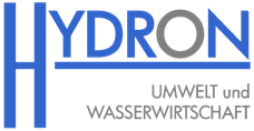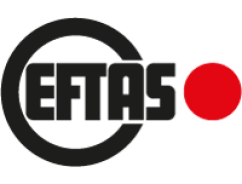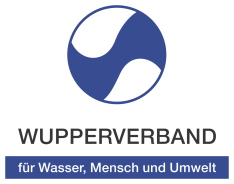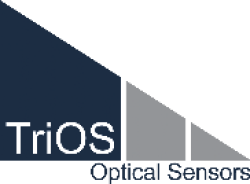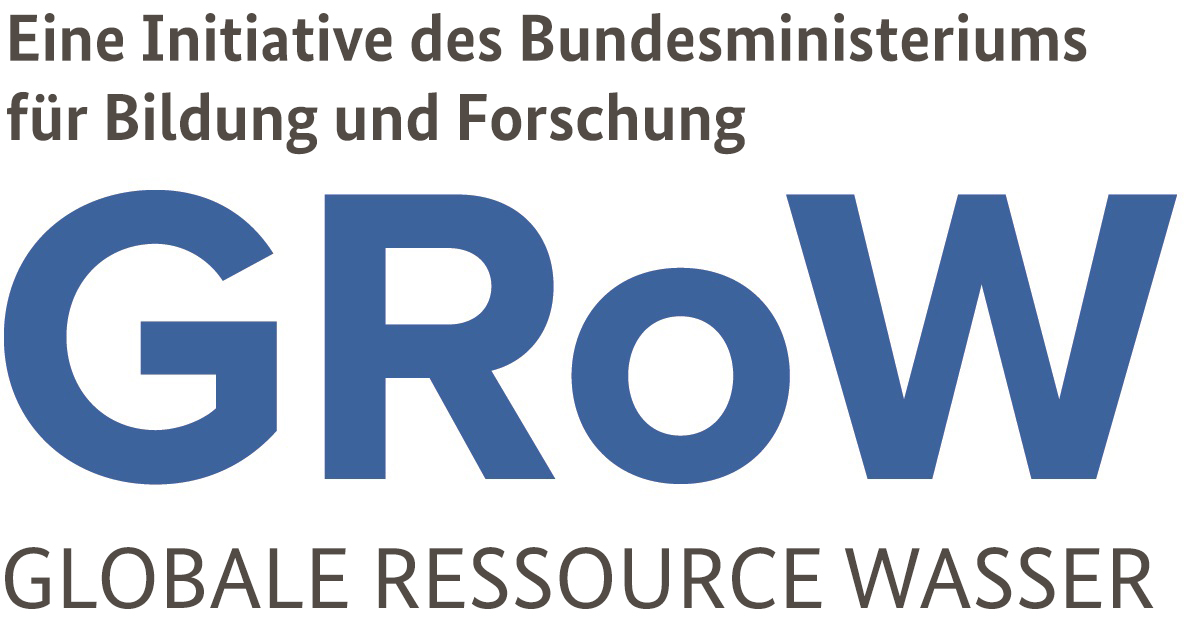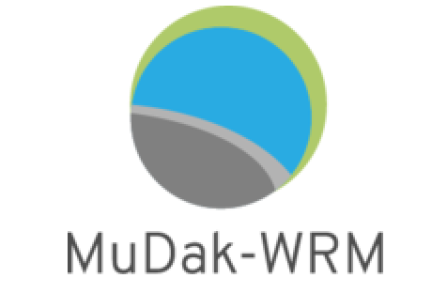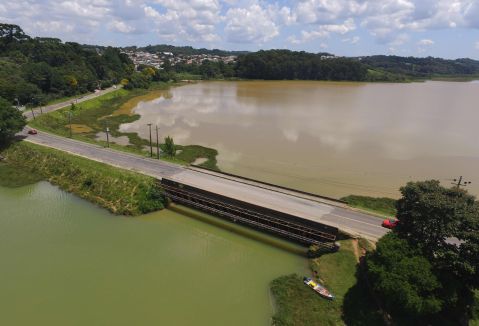
Summary
The core objective of MuDak-WRM is to develop as simple a model as possible for predicting mid- to long-term changes in the water quality of reservoirs. A key aspect will be to simplify the underlying research approaches and data required for the future model so that it can be used with minimal effort and in a meaningful way, particularly in regions with limited data availability. The research project will investigate two example reservoirs – the Grosse Dhünntalsperre reservoir in North Rhine-Westphalia in Germany, and the Passauna reservoir in the state of Paraná in Brazil – and their drainage basins. The results will then be transferred to a third reservoir in Brazil. MuDak-WRM will use innovative remote-sensing techniques to produce key input and validation data. A real-time data network (Sensor Web) will allow the research partners to view the project's progress at any time and make direct use of the collected data and results.
Priorities
- Simplify the model approaches and corresponding data requirements
- Establish key parameters to describe the characteristics of basins and bodies of water using globally available remote-sensing datasets
- Develop methods for highly efficient, minimum on-site monitoring tailored to the task
- Develop tailored strategies for implementing the model and measures with the future (local) users
- Develop suitable dissemination strategies
Relevance
Reservoirs provide people with drinking water in many parts of the world. However, these bodies of water are also sinks for sediments, nutrients and pollutants that impair water quality. One direct consequence of this is eutrophication. Rapid growth of algae and cyanobacteria significantly restricts reservoir use, especially in terms of drinking water production. Climate change is exacerbating water stress due to the increasingly unequal distribution of water resources. At the same time, more intensive agriculture and forestry and increasing settlement activity are adding to the pressure on water resources in drainage basins, which leads to conflicts between different user groups and sectors. Although suitable models for reservoir management exist, their use is severely limited in many regions of the world because input and validation data are lacking. This means the models lose their regional connection and the resolution needed to establish management strategies.
More information about the joint research project is available here.
 iwg.uka.de
iwg.uka.de


